Introduction
Iceland is a small island nation that is Europe’s westernmost country and home to the world’s northernmost capital, Reykjavik. With over 2 million visitors annually, Iceland has become a hot destination for travelers seeking adventure and natural beauty. From its stunning landscapes and geothermal wonders to its vibrant culture and unique attractions, Iceland offers an unforgettable experience for those seeking freedom and exploration.
In this article, we will guide you with practical tips during the best time to visit Iceland, transportation options, essential travel advice, and highlight the top experiences and must-see attractions that make this Nordic island a true paradise for adventurers.
And, just like any dream destination and worthy places to check, consider the best time to visit Iceland with your family is one of the great choice. You can add it to your list of family destinations , traveling with your friends or traveling on your own.
So, pack your bags and get ready to embark on an extraordinary journey through the land of fire and ice.
Key Takeaways
- The best way to get Icelandic Krona is to use a debit or credit card at an ATM.
- Tipping is not customary in Iceland, but a small tip can be left for exceptional service.
- Renting a car is the most popular form of transportation in Iceland. Driving in winter can be challenging, so it’s important to read the guide on winter driving.
- The best time to visit Iceland, is around September to April for Northern Lights, June and July for the midnight sun, and May and June to see whales and puffins.
Best Time To Visit Iceland
The best time to visit Iceland for the best experience is around May and August. The days are at their longest and great weather the temperatures are pleasant and mild perfect for sightseeing.
The downside of a great weather are large crowds of tourists at excursion spots and attractions, increased accommodation and flight prices not to mention that of course Iceland is never cheap even in low season.
Late spring and early autumn offer a great compromise – all the benefits of mild weather without the peak season crowds and inflated costs. April to May and September to October offer this perfect balance – ideal for sightseeing. Yes, the days are slightly shorter and it may be a little cooler, but your reward will be a far more relaxed and budget-friendly experience.
For me, it’s the perfect place to visit in October!
Practical Information for Visiting Iceland
Travelers to Iceland should be aware that the country’s currency is the Icelandic Krona (ISK), which is divided into 100 aurar. The best way to obtain Kronur is by using a debit or credit card at an ATM. Currency exchange is widely available when visiting Iceland with banks, exchange offices, and some hotels offering this service. However, it is important to note that using a card at an ATM typically offers a better exchange rate.
When it comes to electrical outlets, Iceland uses the European standard of 220-volt electrical systems. Travelers from other countries may need an adapter to plug in their devices. It’s also worth mentioning that power surges can occur, so bringing a surge protector is recommended to protect electronic devices.
Transportation Options in Iceland
Renting a car is the most popular form of transportation during the best time to visit Iceland. With its vast and stunning landscapes, having the freedom to explore at one’s own pace is highly desired by travelers. Public transportation, such as buses, is also available and offers a convenient way to get around, especially for those who prefer not to drive. However, renting a car provides the ultimate flexibility and allows visitors to venture off the beaten path and discover hidden gems.
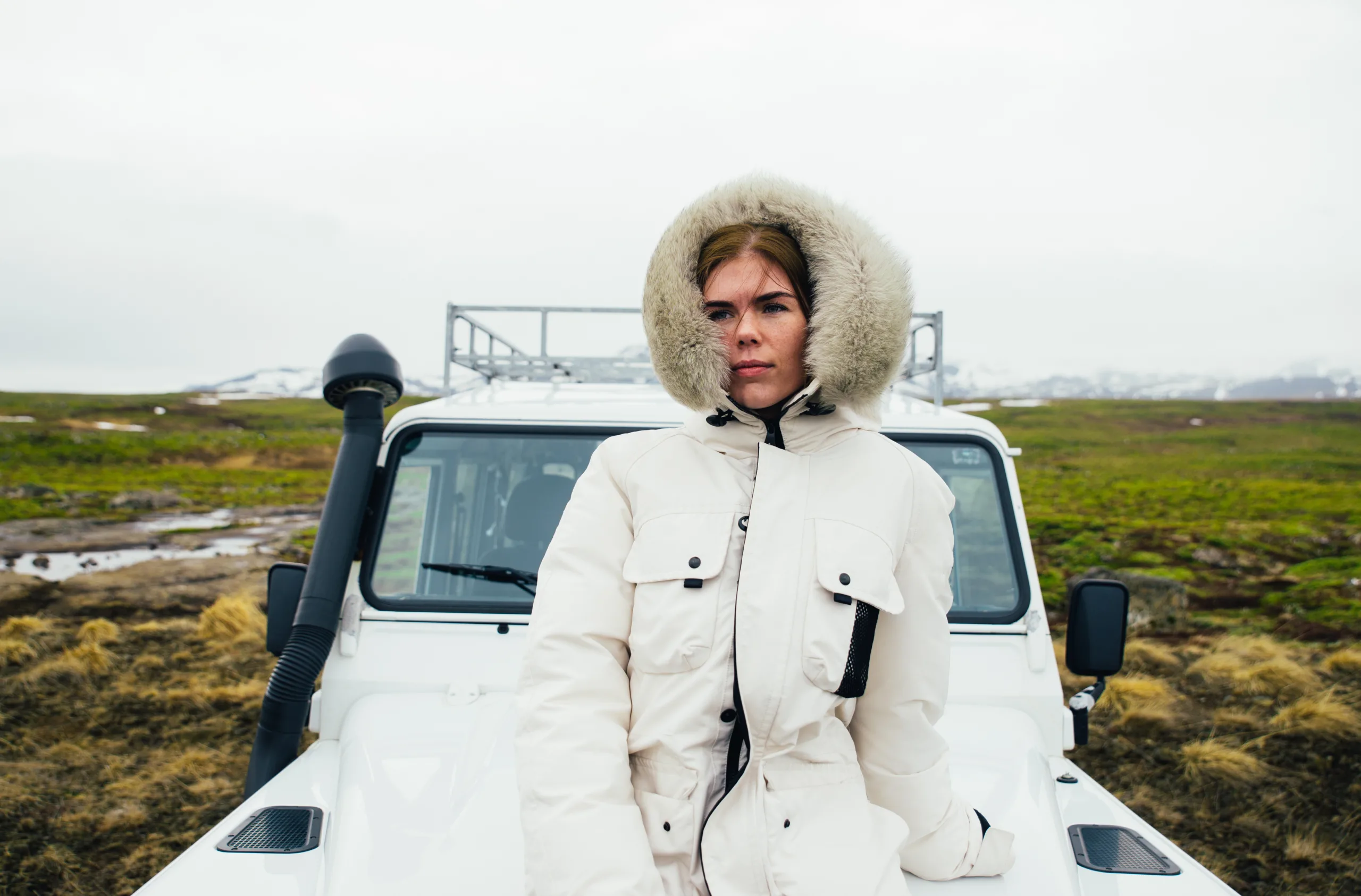
Here is a comparison between renting cars and using public transportation in Iceland:
| Renting Cars | Public Transportation |
|---|---|
| Freedom to explore at your own pace | Fixed schedules and routes |
| Ability to visit remote areas | Limited accessibility to certain areas |
| Flexibility to stop and take photos | Less opportunity for spontaneous stops |
| Convenient for group travel | May require transfers for larger groups |
Whether you choose to rent a car or use public transportation, Iceland offers a multitude of transportation options to suit every traveler’s needs. So, get ready to hit the road and embark on an unforgettable adventure through Iceland’s breathtaking landscapes.
Essential Tips for Visiting Iceland
Pack warm clothes, comfortable shoes, and a raincoat during the best time to visit Iceland, to be prepared for the extreme weather conditions. Iceland’s weather can be unpredictable, with temperatures ranging from -30°C to 20°C (-22°F to 68°F) depending on the season.
The best time to visit Iceland, is during the summer months of June and July, when you can experience the midnight sun and have longer days for exploring the stunning landscapes. However, if you’re interested in witnessing the Northern Lights, September to April is the ideal time to visit.
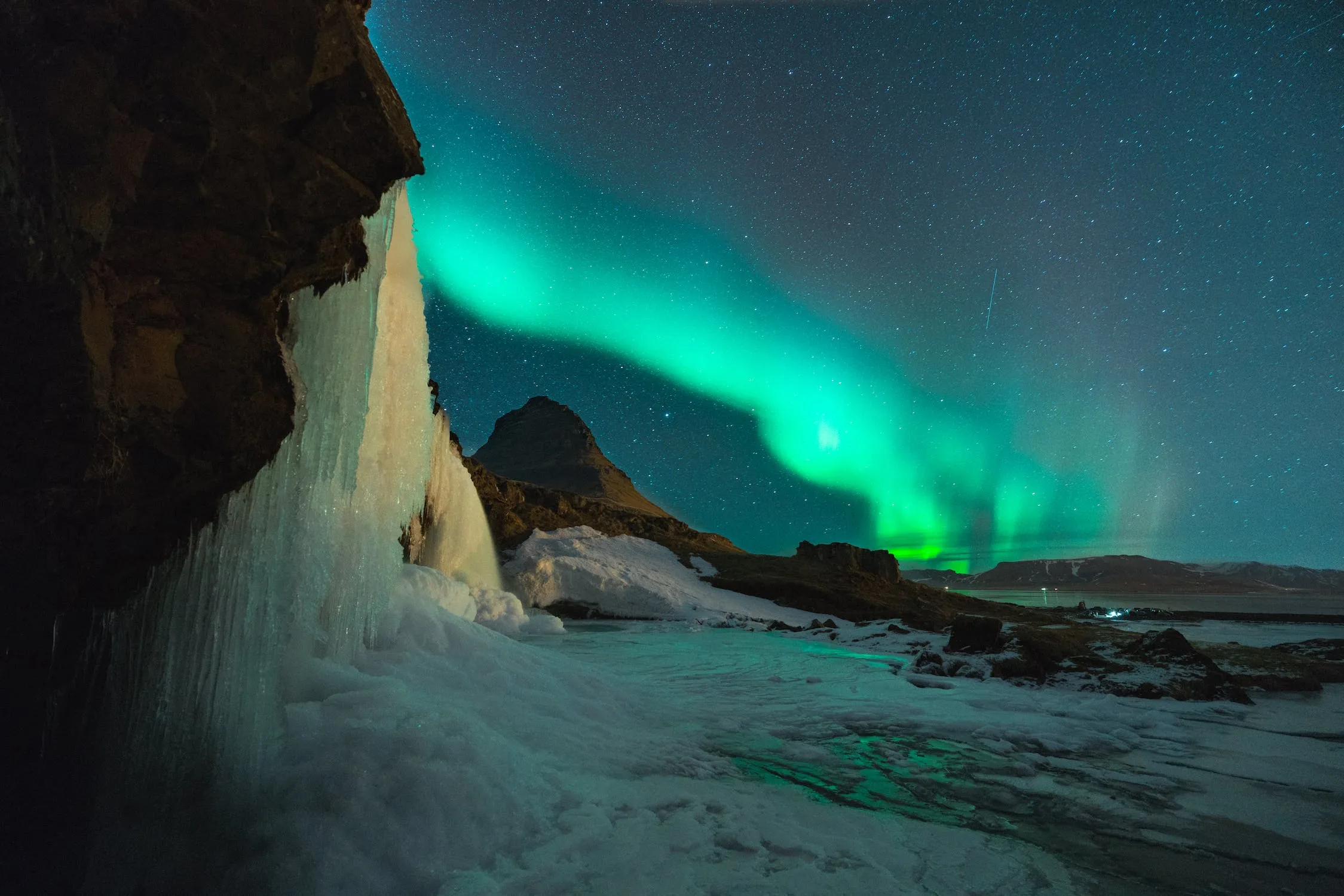
When visiting Iceland, make sure to pack thermal layers, waterproof outerwear, sturdy walking shoes, and sunglasses. Don’t forget to bring any necessary gear for hiking or camping, as Iceland offers plenty of outdoor adventures.
Useful Information And Resources During The Best Time To Visit Iceland
Travelers can find helpful apps for real-time weather updates, navigation tools for independent exploration, and language learning tools for communication during their trip and the best time to visit Iceland. These apps are designed to enhance the freedom of travelers, allowing them to navigate the country with ease and communicate effectively with locals.
The best apps for navigating Iceland provide detailed maps, driving directions, and information on attractions and points of interest. Additionally, learning basic Icelandic phrases for communication can greatly enhance the travel experience, as it allows visitors to connect with locals and immerse themselves in the culture. Language learning tools provide useful phrases and pronunciation guides, making it easier for travelers to communicate their needs and engage in conversations.
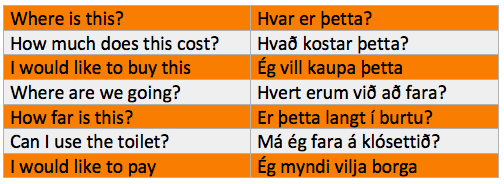
With these helpful resources, visitors can confidently explore when you travel to Iceland, and make the most of their trip.
Top Experiences and Must-See Attractions When Visiting Iceland
Explore the natural wonders and outdoor activities during the best time to visit Iceland, such as relaxing in geothermal hot springs, going whale watching, and hiking in picturesque regions.
Iceland is famous for Northern Lights, its geothermal hot springs, where visitors can unwind and rejuvenate in the warm, mineral-rich waters. Whether it’s the famous Blue Lagoon or lesser-known hidden gems, these hot springs offer a unique and therapeutic experience.
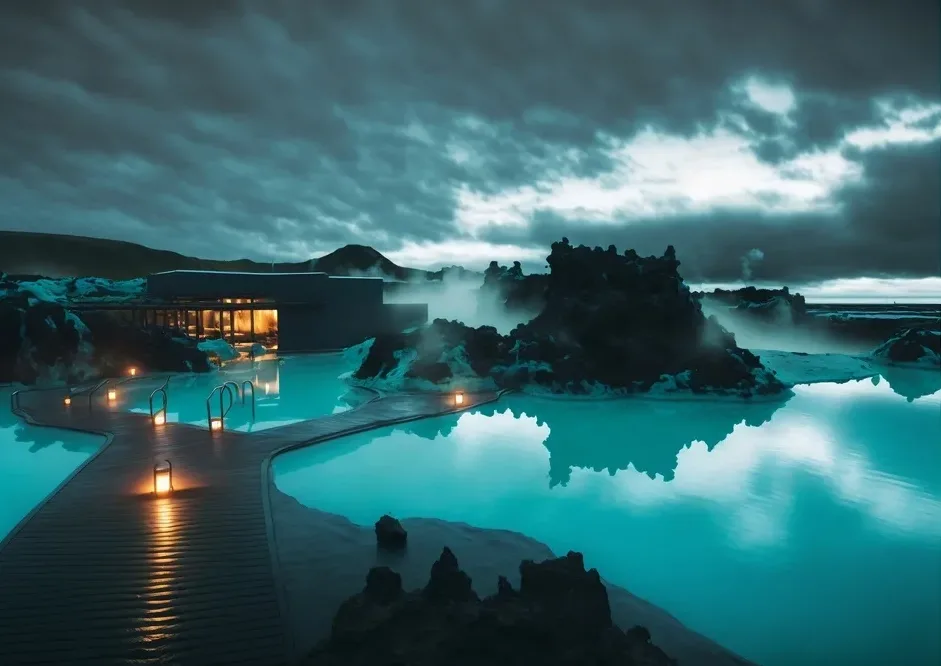
For those seeking adventure, whale watching is a must-do activity. Iceland’s coastal waters are home to a variety of whale species, including humpbacks and orcas, providing an unforgettable encounter with these magnificent creatures.
Additionally, hiking enthusiasts can explore the breathtaking landscapes of Iceland, from the vibrant Landmannalaugar region to the scenic trails along the Golden Circle route.
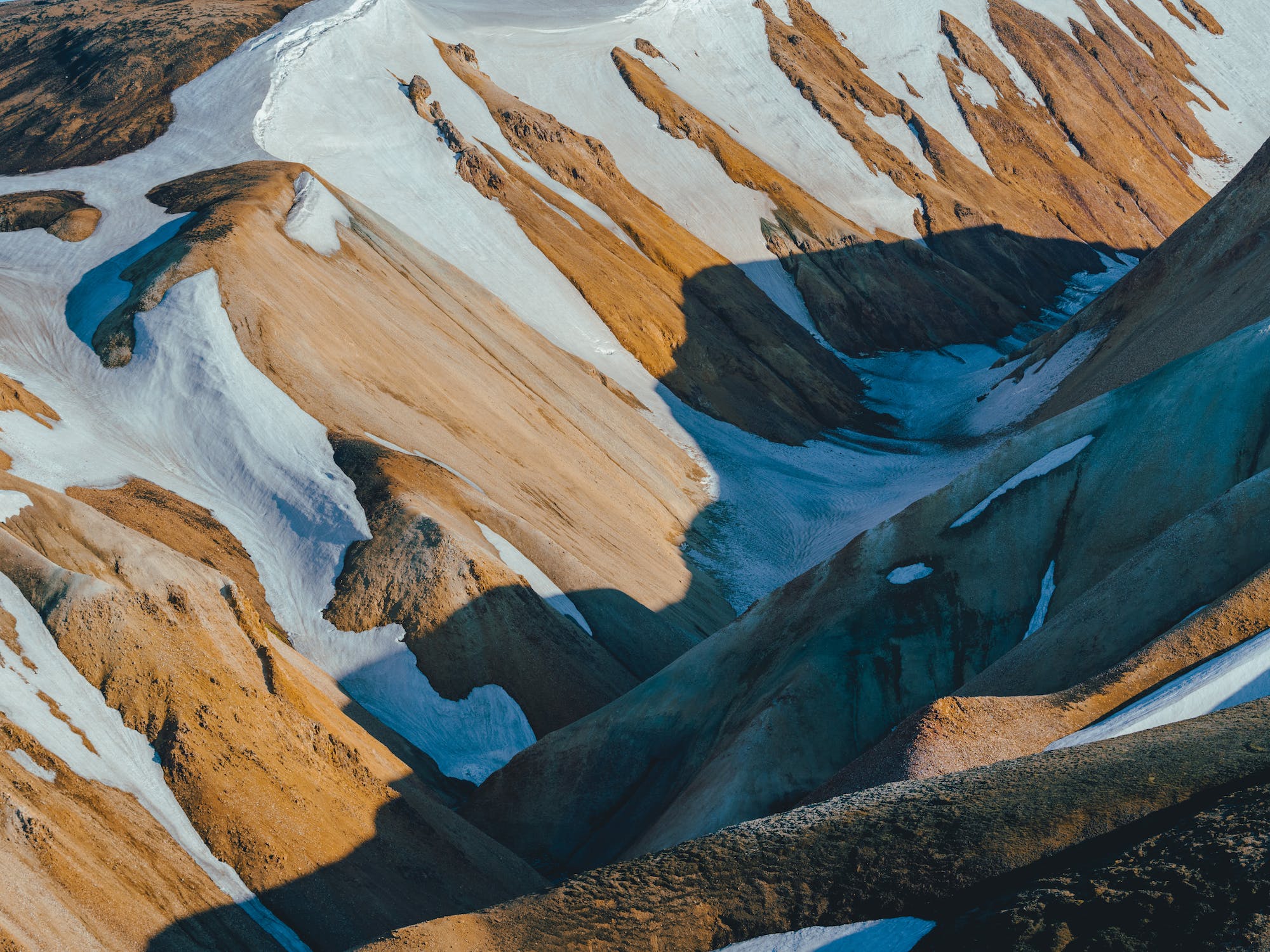
After a day of outdoor exploration, be sure to indulge in traditional Icelandic cuisine, such as smoked lamb and fish stew, to truly savor the flavors of this fascinating country.
See more here: https://guidetoiceland.is/travel-info/how-to-travel-in-iceland-the-top-5-do-s-and-don-ts

Frequently Asked Questions
Are There Any Specific Customs or Etiquette That Travelers Should Be Aware of When Visiting Iceland?
During the best time to visit Iceland, visitors should be aware of the country’s customs and etiquette. Icelandic greetings are important, such as saying “Góðan dag” for “Good day.” Tipping customs are not customary, but leaving a small tip for exceptional service is appreciated.
What Are Some Unique Cultural Experiences or Festivals That Take Place in Iceland Throughout the Year?
Throughout the year, the best time to visit Iceland includes their unique cultural experiences and festivals that showcase its vibrant heritage. From the Reykjavik Arts Festival to the Winter Lights Festival, visitors can immerse themselves in music, art, and traditional Icelandic celebrations.

Are There Any Safety Precautions or Considerations That Travelers Should Keep in Mind When visiting Iceland Natural Wonders?
When exploring during the best time to visit Iceland natural wonders, travelers should take safety precautions such as staying on designated paths, checking weather conditions, and being aware of changing tides. Wildlife encounters should be observed from a safe distance.
Are There Any Restrictions or Regulations on Photography or Drone Usage in Iceland?
Photography restrictions and drone regulations during the best time to visit Iceland ensures the preservation of its natural wonders. While capturing the beauty is encouraged, respect for the environment is paramount. Follow guidelines and seek permits for drone usage to enjoy the freedom of capturing stunning aerial views.
Can You Provide Any Recommendations for Off-The-Beaten-Path Destinations or Hidden Gems in Iceland That Are Less Crowded With Tourists?
Hidden gems to look for during the best time to visit Iceland include secluded waterfalls like Seljalandsfoss and Glymur, and remote hot springs like Landmannalaugar and Reykjadalur. These off-the-beaten-path destinations offer a sense of tranquility and freedom away from the crowded tourist spots.
For what Iceland is famous for?
During your best time to visit Iceland, don’t forget their famous Northern Lights, and its geothermal hot springs, where visitors can unwind and rejuvenate in the warm, mineral-rich waters. Whether it’s the famous Blue Lagoon or lesser-known hidden gems, these hot springs offer a unique and therapeutic experience.
Which country is Iceland in?
Iceland is part of Norway. Most of its population lives in the capital.
Is Iceland an expensive place to visit?
Yes, for some mid-travelers, Iceland can be expensive. For a budget traveler planning a 2-night, 3-day during the best time to visit Iceland, the estimated cost is between $758 to $1,800. This includes round-trip airfare, accommodation, transportation, food and drinks, and activities. However, the total cost can vary depending on the traveler’s chosen activities and additional expenses.
Can I travel to Iceland right now?
Iceland has lifted all Covid-related restrictions, meaning no restrictions for domestic activities or at the border for travelers entering the country, regardless of vaccination status. However, travelers should still exercise caution and follow local health authorities’ guidelines to prevent the spread of Covid-19. It is important to practice good hygiene, wear a mask when necessary, and keep a safe distance from others when possible, despite the lifting of restrictions.
Do I need a visa to travel to Iceland?
Visa requirements during the best time to visit Iceland depend on your nationality and whether your country has a visa liberalization agreement with the Schengen states. Nationals of third-world countries without such an agreement need a visa to enter Iceland. Schengen visas allow stays up to 90 days within 180 days.
If you want to know more about Iceland, you can visit the website of the United Kingdom www.gov.uk this is the official website of the government of the United Kingdom and it will surely be helpful to plan your visit to Iceland.

